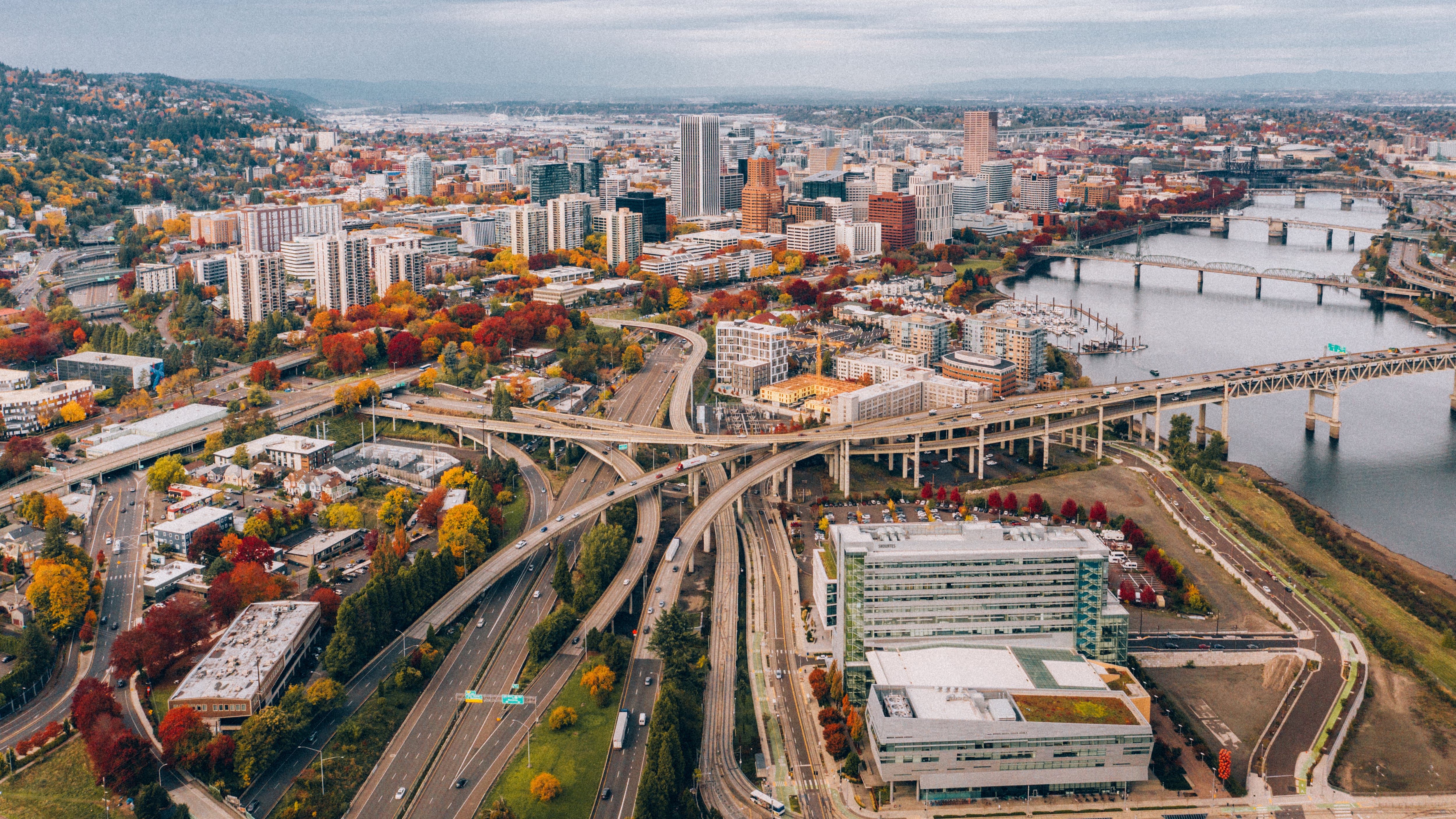The much-discussed $1 trillion federal infrastructure bill that the U.S. House of Representatives finally passed on Nov. 5 will bring a cash windfall to the Oregon Department of Transportation.
The agency announced Nov. 7 that it expects to receive about $1.2 billion as Oregon’s share of that bill. (About $550 billion of the $1 trillion infrastructure bill will go toward transportation projects, utility resilience, drinking water systems, expanding broadband internet access, and other other brick-and-mortar expenditures across the United States.)
In a statement, Oregon Transportation Commission Chairman Bob Van Brocklin said, “$1.2 billion will be allocated to our state in the next five years for highway and bridge construction and maintenance, safety improvements, mass transit investments, bicycle and pedestrian facilities, electric vehicle charging stations, and efforts to reduce carbon emissions from transportation sources.”
One current funding hole in the agency’s plans: the proposed expansion of Interstate 5 at the Rose Quarter. That project has generated significant discussion about trying to compensate for some of the historical damage to Portland’s Black community that the original construction of I-5 in 1960s caused. It has also generated strong opposition from environmentalists, who say that any expansion of the freeway will lead to more traffic and is contrary to state and local climate policies that seek to reduce carbon emissions.
Despite environmentalists’ concerns, the OTC in September tentatively approved a plan for the Rose Quarter expansion that includes larger, more substantial caps over the freeway as part of the work. Those larger caps are aimed at stitching the Albina neighborhood back together and have been a top priority for the Albina Vision Trust, a nonprofit that is seeking to address historical injustices.
There was one catch, however: ODOT is relying on about $700 million in funding from a 2017 transportation bill for the Rose Quarter project but said it does not have enough money to pay for the new design with more extensive freeway caps. As part of the September approval, the commission directed ODOT staff to consult with affected governmental partners, including the city of Portland, Multnomah County and the Metro regional government to come up with a plan—by Dec. 1—to fill the gap in funding for the project, which with the caps, the agency says, will cost about $1.2 billion.
Local officials don’t have $500 million lying around, nor did anybody els prior to the passage of the federal infrastructure bill. Many projects around the state will be vying for the new federal money—and it’s a good bet the Rose Quarter will be one of them.
“The Oregon Transportation Commission and ODOT are deeply grateful for the hard work of our federal delegation to make this historic legislation a reality,” Van Brocklin said. “We look forward to putting these new resources to work to build a better future for the people of Oregon.”

